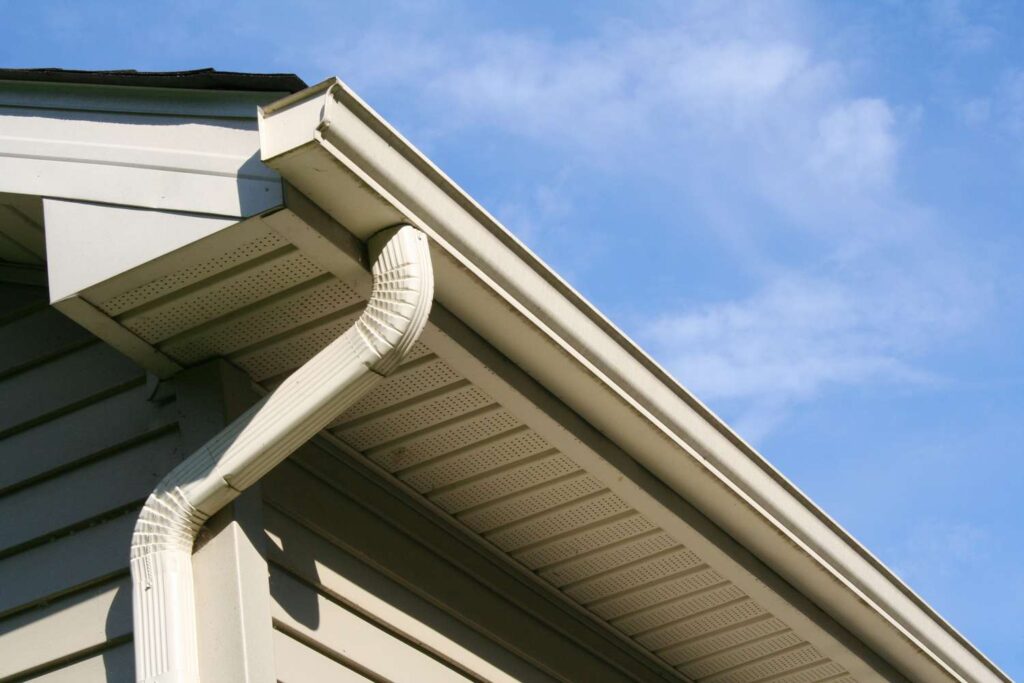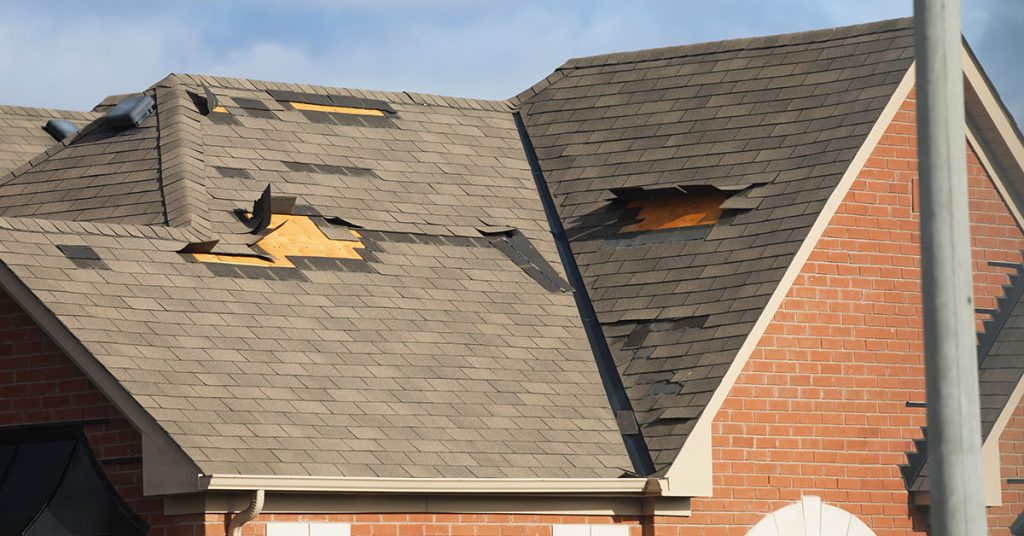Cleaning your gutters may appear to be a thankless task, but it is an essential task that should be completed at least twice a year—once in the spring and once in the fall. If you skip it, you may inadvertently cause damage to your home. Because clogged gutters can cause water and weight overload, which can put stress on your home’s roof, siding, and gutter supports, resulting in leaks. Blocked water can also cause expensive rot and winter ice dams.
Fortunately, cleaning out gutters isn’t a particularly technical or difficult task, especially when done on a regular basis. Here are the materials you’ll need and the steps you’ll need to take to clear the debris and keep your gutters clean.
How to Clean Gutters
We’ll walk you through the best way to clean gutters, plus maintenance tips for any leaks or repairs.
What You’ll Need:
- Ladder
- Waterproof gloves
- Safety glasses
- Waste bucket, garbage bags, or tarp
- Toolbelt
- Small hand shovel
- Garden hose
- Drain snake or pressure washer (optional)
- Gutter sealant (optional)
Step 1: Set up your ladder.
When putting your ladder on the ground and using the steps, make sure to follow all safety precautions. Make sure you can easily reach the gutter while remaining on solid ground. Consider using a standoff ladder accessory to protect your gutter, as well as a ladder hook to hang a waste bucket or garbage bag near where you’re working.
Step 2: Gather safety gear.
Before beginning to clean gutters, make sure you’re properly attired. When cleaning gutters, wear long sleeves, gloves, and safety glasses to protect your arms, hands, and eyes from debris. To transport a hand shovel safely, wear a toolbelt. Climb the ladder once you’ve gathered all of your tools and safety equipment.
Step 3: Remove debris from gutter.
If you have gutter guards, remove or lift them as needed according to the manufacturer’s instructions. Starting at the downspout, remove large debris from the gutter with gloved hands, such as sticks and tree bark. Scoop up any remaining dirt and debris with a hand shovel.
When using garbage bags, fill them and place them on the ground to be picked up later. Alternatively, you can lay down tarps near the edge of the house, dislodge gutter debris, and dump it on top of the tarp. In most cases, the material collected from gutters can be composted.
Step 4: Rinse gutters.
After removing the debris, rinse the gutter with a hose, pushing the water toward the downspout and dislodging any dirt from the gutter’s bottom.
Step 5: Check downspout.
Check that water is flowing through the downspout and that there are no clogs. Spraying the hose into the downspout will dislodge any debris that has accumulated. If this does not clear the downspout, use a drain snake or pressure washer to remove any debris.
Step 6: Repeat process to clean remaining gutters.
Climb down the ladder and move it to the next section of the gutter; as needed, empty the garbage pail. Continue cleaning the gutters in sections until all debris has been removed and water flows freely through the downspouts.
Step 6: Check for leaks and make gutter repairs.
Make sure to inspect the gutter as you work. When rinsing gutters with water, look for leaks that need to be repaired. Repair as needed with gutter sealant, ensuring that the gutters are completely dry before completing this exterior maintenance task. Take note of any gutter pieces that have separated from the house. Rusted elements may require replacement. After cleaning the gutters, consider installing gutter guards to keep large debris from collecting.




